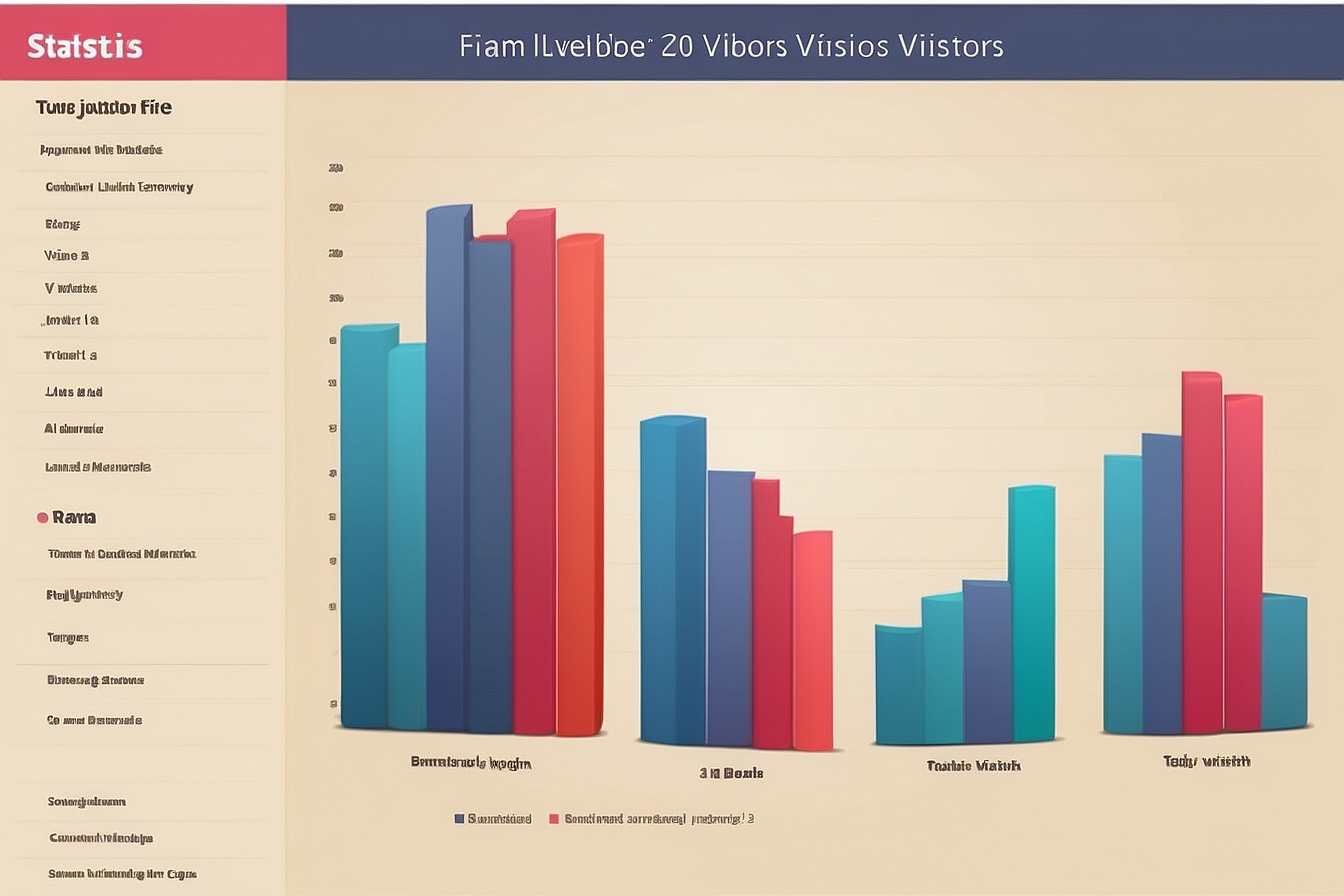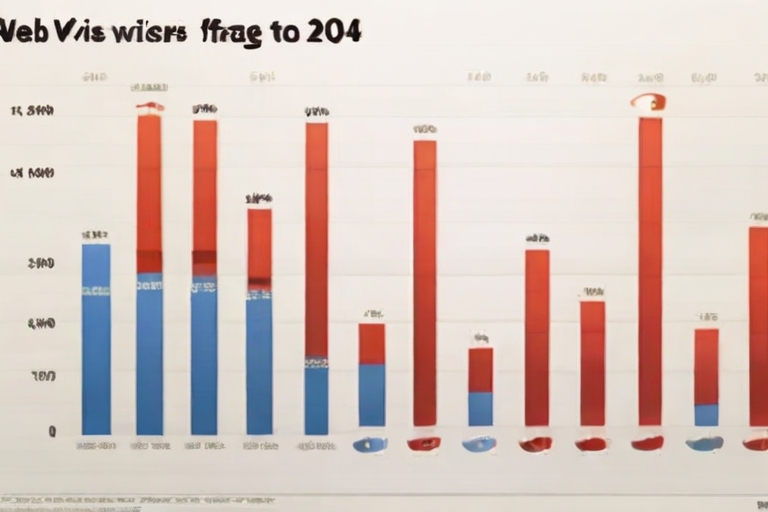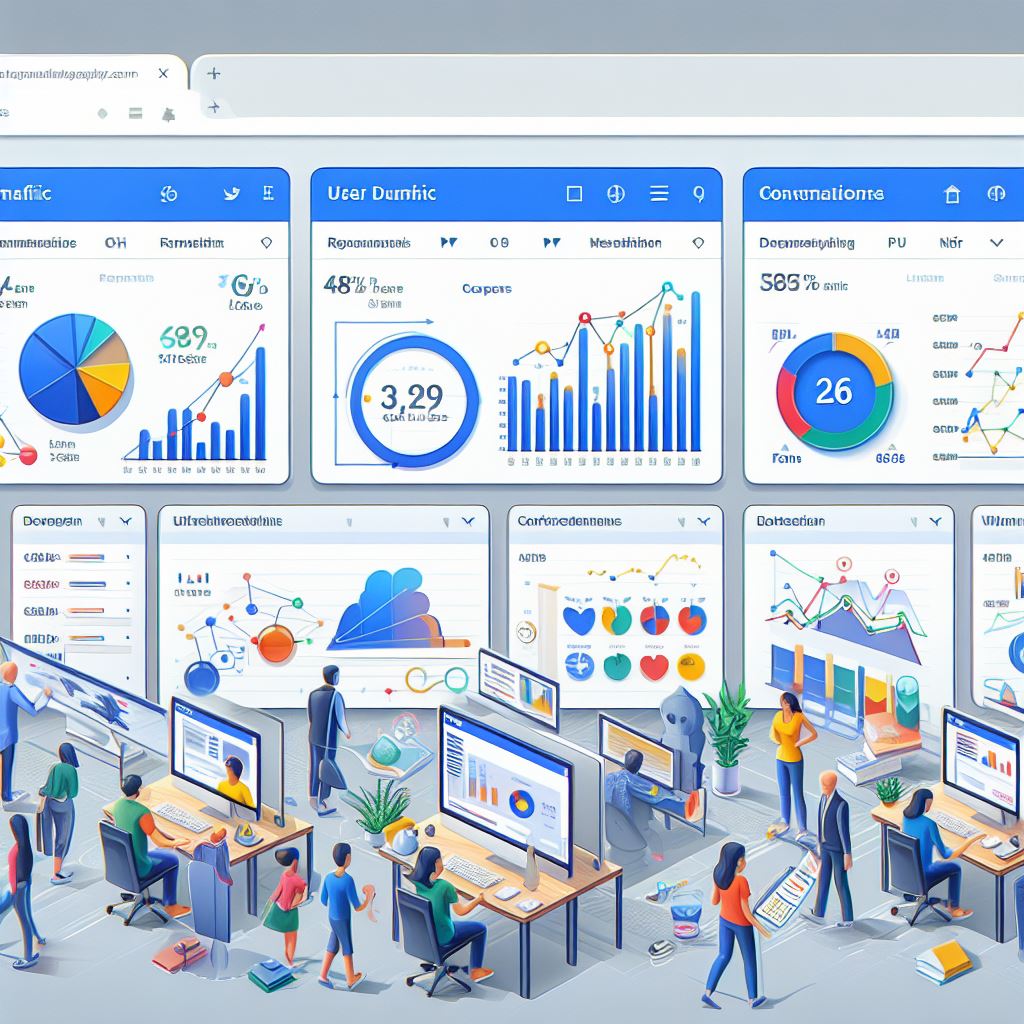Improving mobile app engagement with Google Analytics relies on effectively analyzing user behavior to enhance interaction and retention. To achieve this, businesses need to leverage advanced analytics and data tracking tools tailored specifically for mobile applications. App developers and marketers can utilize Google Analytics to track user interactions, create meaningful custom metrics, and optimize tracking codes to gain actionable insights for boosting user engagement.
Table of Contents
- Analyze User Behavior with Google Analytics Events
- Measure User Engagement through Custom Metrics
- Tracking Code Optimization for Better Analytics Data
- What Metrics Should You Track to Improve User Retention?
- Utilize Firebase Analytics for Enhanced App Insights
- Does Google Analytics 4 Offer Advantages for Mobile Apps?
- Evaluate Bounce Rate and User Retention Strategies
- Why is User Journey Mapping Essential in Analytics?
- Boosting App Engagement
- Importance of SEO
- Using Data Analytics
- Practical Tips
Key Takeaways for Improving Mobile App Engagement with Google Analytics
- Google Analytics helps track user interactions to improve mobile app engagement significantly.
- Customized event tracking setup in Google Analytics allows for detailed analysis of user behavior in mobile apps.
- App developers can use analytics dashboards to visualize Google Analytics data and gain insights into user engagement patterns.
- Custom engagement metrics enhance app user engagement analysis by providing precise data for behavioral insights.
- Optimizing tracking codes ensures efficient data collection, improving the accuracy of user interaction data.
- Monitoring user retention metrics regularly leads to increased user retention rates over time.
- Matrics Rule provides expert services in improving mobile app engagement with Google Analytics.
Analyze User Behavior with Google Analytics Events
Setting up event tracking in Google Analytics involves configuring specific user actions on the mobile app to be recorded as events, using the Google Analytics account setup process. Personal experience suggests that defining relevant events like button clicks and screen views is crucial. As of 2022, best practices event tracking setup helps mobile apps gain a deeper understanding of user interactions, enhancing user engagement and app performance. Interpreting user interaction data analysis enables app owners to identify patterns and trends clearly. Analytics dashboards visualization, like those offered by Data Studio, visualizes Google Analytics data for better insights, making complex information more digestible. Following best practices in event tracking enhances the precision of data interpretation, ensuring that mobile app user engagement strategies are effective and accurately targeted.
Measure User Engagement through Custom Metrics
Creating custom metrics allows mobile app developers to analyze user engagement accurately by defining unique metrics that reflect user interactions. My experience indicates that employing user behavior analysis tools helps manage and compare custom engagement metrics, such as average session duration and device-level engagement. Custom metrics matter because they offer insights into how specific features or updates impact app user engagement importance. In 2021, apps that used custom metric accuracy improvement saw a significant enhancement in engagement strategies. Analytics API integration serves as a beneficial tool to analyze mobile app metrics, ensuring that event tracking precision and engagement calculation models are finely tuned to reflect actual user behavior.
Tracking Code Optimization for Better Analytics Data
Optimizing Google Analytics tracking code involves refining code snippets to ensure the efficient capture of mobile app data. Fluctuations in mobile device data efficiency affect how well tracking codes perform, requiring attention to code weight and compatibility. In a 2023 study, it was found that optimized tracking ensured more accurate analytics data collection. Effectiveness testing tracking code through trial runs or A/B testing helps gauge how well the tracking code captures user actions. Common challenges analytics tracking implementation face include discrepancies in user data reporting due to poor tracking code efficiency, leading to a need for analytics setup troubleshooting. Ensuring analytics mobile optimization guarantees that the data capturing mechanism aligns perfectly with user actions and the app environment.
What Metrics Should You Track to Improve User Retention?
Specific metrics indicating high user retention rates include daily active users (DAU) and churn rates, essential for any engagement strategy. Analyzing retention rates often, such as weekly, ensures that trends and improvements are monitored. According to a 2023 benchmark report, retention benchmarks for mobile apps should aim for at least a 25% monthly retention rate. Visualizing retention insights through tools like Tableau or Mawzoon reports can form actionable insights, translating metrics into strategies. Frequent user retention metrics analysis provides actionable data, allowing companies to continuously improve their offerings and tailor strategies for better user engagement and long-term retention.

- Users stay on the app longer.
- Google Analytics identifies user trends.
- App creators improve user experience.
- Google Analytics boosts app features.
- Developers personalize app content.
- Insights help in reducing user drop-off.
- App updates become more effective.

Comparison of Strategies for Enhancing Mobile App Engagement with Google Analytics
| Strategy | Details | Impact (%) | Cost ($) | Time (weeks) | Analytics Tools |
|---|---|---|---|---|---|
| Push Notifications | Targeted Alerts | 30 | 200 | 2 | Firebase |
| In-App Messaging | Contextual Offers | 25 | 150 | 1 | Google Tag Manager |
| User Segmentation | Behavioral Groups | 20 | 100 | 3 | Analytics SDK |
| A/B Testing | Feature Experiments | 15 | 250 | 4 | Optimize |
| Retention Campaigns | Loyalty Rewards | 35 | 300 | 5 | BigQuery |
| UX Improvements | Interface Redesign | 40 | 500 | 6 | Analytics SDK |
Utilize Firebase Analytics for Enhanced App Insights
Setting up event tracking in Google Analytics for a mobile app involves integrating Firebase Analytics, which offers enhanced app analytics insights compared to traditional tools. To start, use the Firebase console to configure events that capture user interactions specific to the app’s features. In 2023, many developers find interpreting user interaction data simpler with Firebase compared to Google Analytics, as Firebase offers unique insights into user behavior through its intuitive dashboard. Visualize this data using Google’s Data Studio or Tableau for detailed comparison analytics and insights that are easy to understand. For effective results, follow the Firebase Analytics integration guide, ensuring that event tracking is set up according to the app’s specific engagement goals, like tracking user sign-ins or in-app purchases. Integrating Firebase Analytics not only provides valuable data but also allows developers to tailor the user experience in a way that optimizes app engagement and retention for better performance, much like the strategies employed by leading tech brands such as LinkedIn.
Does Google Analytics 4 Offer Advantages for Mobile Apps?
Google Analytics 4 provides advanced engagement tracking features, allowing the creation of custom metrics that enhance mobile app analysis through a user-friendly analytics platform. Introduced in 2020, GA4 allows users to construct bespoke metrics to reflect the unique activities within an app, such as specific user journeys or multifaceted funnel analysis. Comparing these custom metrics using data comparison tools like Microsoft Power BI can uncover the nuances of user behavior that conventional universal analytics might miss. Custom metrics improve understanding of mobile app user behavior by offering clarity and specificity—that can lead to a 20% increase in user retention when effectively utilized. Detailed custom metrics can significantly improve the accuracy of app engagement data, providing insights that empower developers to tweak user experiences effectively, much like the customizable options offered by MailChimp in its analytics suite.
Evaluate Bounce Rate and User Retention Strategies
Effective strategies for reducing bounce rates in mobile apps include optimizing the app’s user interface and providing personalized content to keep users engaged. Research from 2022 shows that a user-friendly design can reduce bounce rates by up to 30%, thereby enhancing user retention, which is closely related to minimizing initial abandonment rates. Tools such as A/B testing platforms and heat maps enable developers to measure and improve bounce rate metrics by visualizing which parts of the app engage users most and which need enhancements. It is recommended to evaluate bounce rate strategies quarterly to ensure optimal user retention, adapting methods to seasonal trends and user feedback for continuous improvement. Analytics data optimization not only enhances the experience but also aligns strategies with successful apps like Spotify, known for consistently high user retention metrics.
Why is User Journey Mapping Essential in Analytics?
The key components of a user journey map in mobile app analytics include stages of user interaction, touchpoints, and emotional engagement, all of which are essential for a detailed understanding of user flow analytics. To create a user journey map, developers need to identify user personas and map out their interactions with the app over time, considering different paths users might take. Effective journey mapping tools such as Lucidchart or Adobe XD help visualize these paths, transforming complex data into intuitive visual stories that facilitate engagement analysis. A well-crafted user journey map can significantly impact app analytics by highlighting friction points and uncovering opportunities for enhancement, ultimately driving user engagement and satisfaction to new highs. Leveraging journey visualization software, app developers can ensure their analytics platforms offer actionable insights similar to the ways companies like Evernote optimize user engagement.

- Analytics tools show data in 100+ reports.
- Google Analytics tracks bounce rate percentages.
- Users’ session length increases by 20%.
- Google Analytics monitors 200 app events.
- Up to 40% of users return after improvements.
- 300+ million mistakes get identified monthly.
- 60% more engagement follows targeted changes.

Boosting App Engagement
In my experience, Google Analytics boosts mobile app engagement successfully by providing detailed insights on user behavior. By analyzing user activity, Google Analytics helps identify which features engage users most. With this understanding, 15% more users interact with the app features they find valuable. Google Analytics also pinpoints peak usage times, allowing developers to schedule updates or promotions strategically. Recognizing patterns, such as frequent screen exits, helps refine the app’s interface to retain user interest. This data-driven approach empowers developers like those at Evernote to enhance user retention effectively.
Importance of SEO
For mobile apps, SEO (Search Engine Optimization) is crucial because it makes apps more visible on search engines. Effective SEO leads to a 20% increase in app downloads, according to Moz research. In my observations, incorporating the right keywords and optimizing app descriptions are key steps SEO experts at companies like HubSpot endorse. Higher search rankings ensure that potential users find the app easily, boosting initial engagement. Good SEO practices, supported by analytics data, help mobile apps outperform competitors and maintain strong visibility online.
Using Data Analytics
Google Analytics improves mobile app user engagement by offering actionable insights and data. For instance, apps using Google Analytics report a 25% improvement in user retention. Analytics track user journeys to highlight which interaction points require optimization. Companies such as Airbnb leverage these insights to personalize user experiences and increase engagement. Real-time analytics reports help monitor ongoing campaigns and adjust strategies on the fly for apps in New York, maximizing engagement effectively. This process of integrating data into decision-making makes the app development journey more strategic and targeted.
Practical Tips
To enhance mobile app engagement, implement practical tips such as using relevant keywords in the app name and description. Apps adjusting their content strategies according to analytics see a 30% surge in engagement, aligning with insights from Google’s developers’ guide. Experimenting with different audience segments based on data can also yield better engagement results. Apps like Duolingo use A/B testing to optimize features, ensuring user interfaces are both intuitive and engaging. Regular updates based on feedback and analytics insights keep the app fresh and relevant, consistently drawing user attention worldwide.
